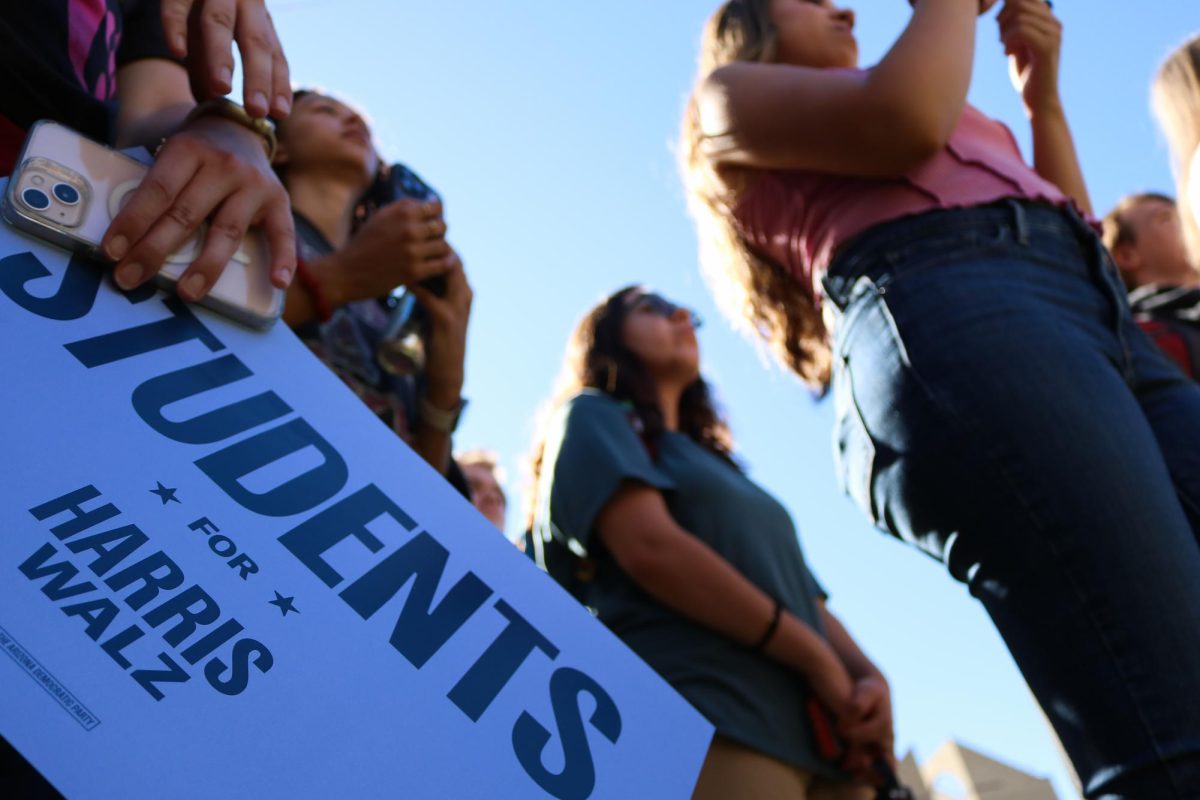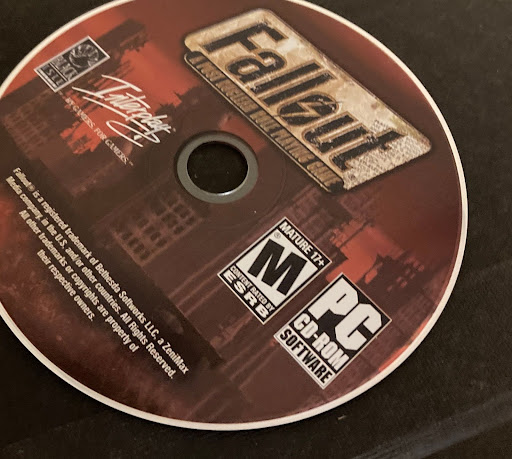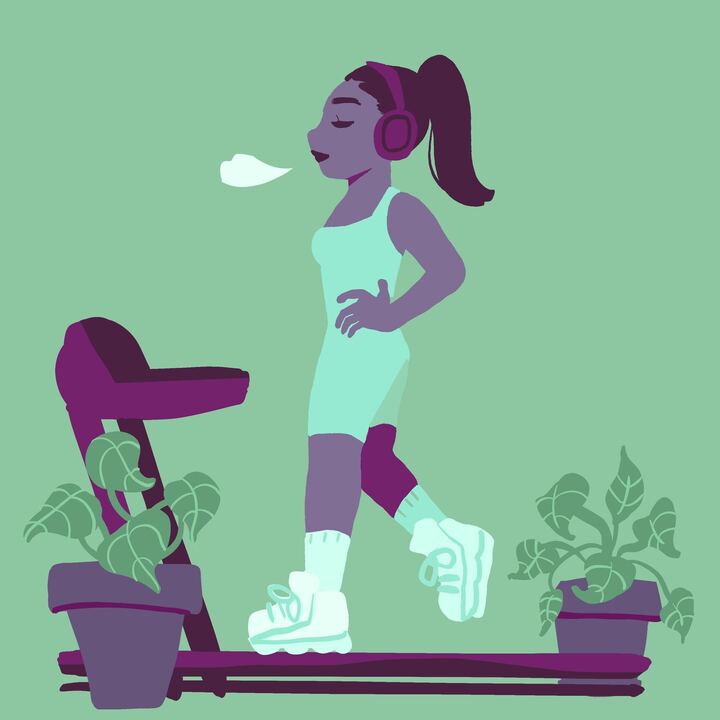The health care debate has been dominated by hysterical tales of “”death panels”” which would deem whether or not elderly citizens are worth the cost of medical care and procedures. The fact that this myth picked up momentum from Sarah Palin’s Facebook account should be enough to discredit it. However, the misinformation being propagated is so vile in nature that countless citizens have come to tolerate, if not accept it.
The real tragedy is that privately insured citizens have been cast as victims, while millions of uninsured fall by the wayside. In the current economic environment, new graduates in particular will be severely susceptible to health care-related hardships, whether it is a lack of care or astounding debt from medical bills.
Page 425 of “”America’s Affordable Health Choices Act of 2009,”” has been seized by anti-reform activists as the health care Waterloo. This clause outlines a coverage limitation concerning advance care planning. Consultations will be covered by insurance if “”the individual involved has not had such a consultation in five years.”” If the condition of a patient’s health changes, they can see a doctor more often. Somehow, supposed health care professionals have interpreted this clause to mandate a counseling session once every five years for citizens on social security.
Anti-reform critics have characterized these counseling sessions as a form of euthanasia, a reprehensible notion. In actuality, these methods of planning allow elderly and sick patients to outline their preferred medical treatment in times of severe illness, incapacitation or unforeseen tragedies. Beyond preparing for the inevitable, these provisions are aimed at decreasing the suffering of American citizens, not sealing their fate.
The term “”death panel,”” connotes a group of heartless, calculating bureaucrats, looking for any and all plugs to pull. The “”supreme court of euthanasia and abortion”” would consist of such authoritarian forces as the state bar association, state medical association, and department of health. Instead of condemning the sick and elderly, this panel would rate doctors on the accuracy and efficiency in life-saving treatment. Physicians must explain “”why the development of such an order is beneficial to the individual and the individual’s family.”” Taxpayers should be ecstatic that this bill clamps down on unnecessary or repetitive treatment that already drives health care costs through the roof.
As students start to think about life after undergrad, the thought of finding and paying for health insurance usually get lumped in with finding employment. In the current job market, graduates depending on employment for either health insurance or the ability to afford health insurance may have to wait months or even longer. Whether or not graduating students have had the luxury of health insurance while enrolled, the post-graduation party can come to a screeching halt in the event of sudden illness or injury.
According to the National Coalition on Health Care, an estimated 46 million Americans are uninsured, with an extra 7 million losing coverage in the next two years. Among those numbers are an estimated 1.7 million traditional college students, or 20 percent, without health insurance. A 2003 report released by the Service Employee International Union found that uninsured patients are charged an average of 50 to 70 percent more by hospital emergency rooms than those with insurance.
One out of every five traditional college students remains vulnerable to increased hospital fees. As student and graduate budgets decrease, there is a greatly increased chance that they will forgo seeking medical treatment, even when necessary, due to skyrocketing costs. Those injured severely enough to necessitate an ER visit will face drastically higher medical bills. Combined with costs of finding a new residence, job and paying off student loans, medical bills for new graduates can lead to economic hardships, including bankruptcy.
Gregory Rose, a 23-year-old student in Texas, was without health insurance, but considered himself healthy enough not to need it. Studying for finals, he ignored the increasing pain in his hip. Not long after, the searing pain became unbearable, and he was forced to go to a hospital. Rose was shocked when the blood test results came back positive for leukemia. His best chance at recovery is to undergo a bone marrow transplant, which costs an estimated $300,000. How does Rose reconcile the prospects of recovery combined with lifelong debt? Is foregoing treatment for economic consideration even an option? Sadly, it is.
Anti-reform efforts have jumped upon the fears of the uninformed and miseducated. While some voters may lack the ability or resources to seek out the proper information, many more voters have accepted these myths due to intellectual apathy. Any person with access to the internet can see the bill online and examine the logical, patient-centered plan that Congress actually wrote.
College students across the country have the ability to shape the future prospects of affordable health insurance for the millions of Americans who live without it by voting. While there are genuine, economic questions that still need to be answered about public health insurance, the focus on shameful misrepresentations threatens the health of future generations. For those already with health insurance, this bill is a public option. For those without health insurance, this bill may be the only option.
— Daniel Sotelo is a senior majoring in political science. He can be reached at letters@wildcat.arizona.edu.








